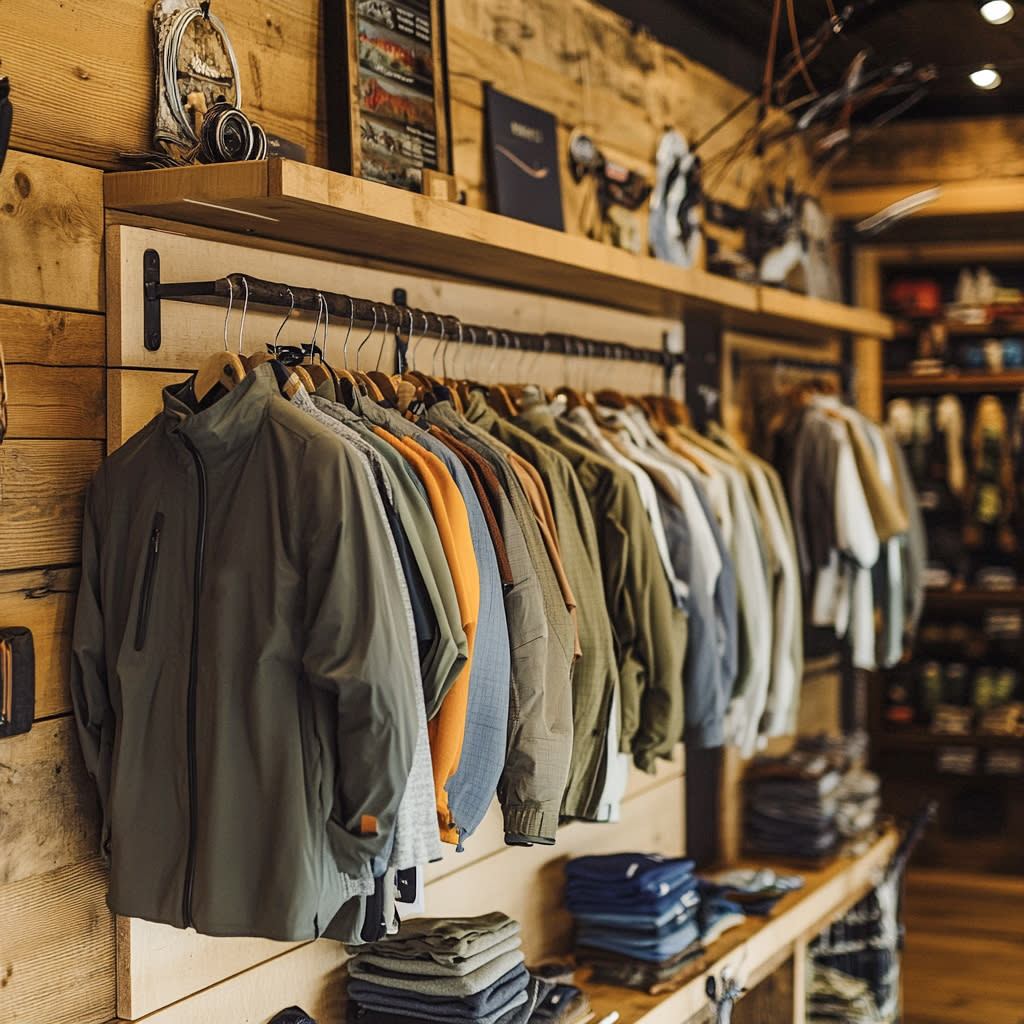AFFTA Retailer Tutorial: Maximizing Soft Goods Success
One way to be successful in soft goods is to understand how to maximize the return on your inventory and the valuable retail space you dedicate to this category. To that end, here are some thoughts and guidance. In a city market, head to the nearest mall after the 4th of July and see what is on sale and where it’s located in the store. What you’re likely to find is that department stores are on sale. These businesses are better at maximizing sales and margins than our small industry. It may seem contradictory that you maximize margins by going on sale... but you do. By moving a slow product early at 20-30% off, you avoid having to discount 40-50% later and come out ahead. You also free up valuable retail space for new products to be sold at full price. The date this must be done in destination markets and different climates will vary. So, when should you look at sales, sell-through, and working strategies to wind up the season? When should you go on sale? Rather than come up with dates for all kinds of markets and regions, here is a set of thoughts you may find helpful: Determine the point you have reached 35-50% sell-through and run a sell-through report on your P.O.S. system. When is that 35-50% point? This sell-through info will also help you prepare a proposal for next year. The selling cycle frequently dovetails this way. 1. Divide the year into two seasons. The start of each season should coincide with the delivery of your seasonal goods for that season. 2. Calculate your total sales figure for each season. For example, spring starts February 1 and runs through September, and winter is September through February. The seasons do not have to be equal in length; they may overlap. The first ship date for seasonal merchandise in a season will be a good place to start. 3. Using the sales figures (retail, not rental or guiding), find where you reached 35-50% of the total for the season. For example, if the February to September season sales number is 300K. The 35% point would be in May, and the 50% point would be in June. For that dealer, the analysis should take place in late May or early June. In a city market, the pattern might look more like 35% point around April 1 and 50% point around May. Whatever the date, we are looking for the point to do a helpful analysis to create the best possible sell-through at the best margins. 4. Use the sell-through report to look for items trending well behind the seasonal benchmarks. If the current point is 40% of the season and a style is less than 20% sold through, you have a slow mover. Absent other factors like the goods just arrived or special circumstances, that product will likely not sell through during the season. Now is the time to use merchandising solutions to feature the product and help it move at full price. Feature the item. Fold it if it was hung, hang it if it was folded. Ask your rep to mini-clinic the items during a store visit. Could you put it on a monument or a push table? Conversely, if you find items that are 60% sold, they should be re-ordered. 5. When you reach the season's 60-75% point, it is time to take the items with sell-through under 30% and put them on an early sale rack. The first example would be mid-July. Other goods stay at full price. You should be able to move some products at 20% off now, but that will have to be 50% off in September. 6. As you approach the 85-90% point, it is time to blow out the stuff that will not carry over into the next season. In a destination town, that usually occurs around Labor Day and through September. In a city that tends to be earlier. This strategy is key to obtaining the best results in the soft goods business. It requires discipline and is counterintuitive to many retailers, but it leads to better outcomes in the soft goods category. Often, you hear this from retailers. • I am going to wait and hope it sells through. - It rarely does. • I cannot afford to give away that margin. – You’ll give more away later. • If I sell a product with a keystone at 20% off, I only get 30%. – You’re getting 37.5%, even more, if you bought it on a preseason program. In conclusion: By strategically using markdowns and merchandising, you can push soft goods margins to the mid-40% range while ensuring steady inventory turnover, sales, and profitability. 
AFFTA Retailer Tutorial: Maximizing Soft Goods Success
Understand how to maximize the return on your inventory

Images


